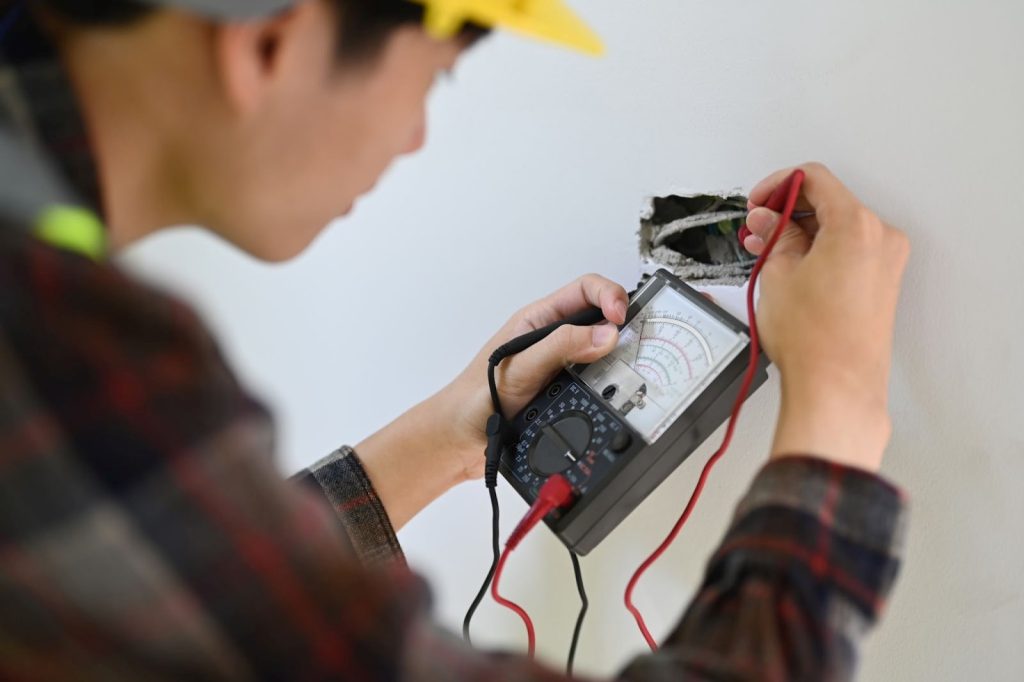Legionella has been recorded existing in hotels as early as 1976, the first of which being when the American Legion held a three-day event for 2000 of its members in the Bellevue-Stratford Hotel in Philadelphia. Within the following days of the event, over 180 people were reporting strange symptoms such as tiredness, chest pains, and fever. After 29 deaths and an investigation by the U.S. Center for Disease Control and Prevention, a newly discovered bacteria in the hotel’s cooling tanks was labelled the culprit, and aptly named Legionella Pneumophila after the affected group.
What is Legionella?
Legionella is a small bacteria that can be found in droplets of water, which can be transmitted to humans through breathing it in and can risk causing Legionellosis. Legionellosis is the name for an unhealthy collection of diseases derived from the Legionella bacteria, including multiple diseases harmful to a person’s health such as a fatal form of pneumonia known as Legionnaires’ disease.
Is there a risk of Legionella in Hotels?
You can find the Legionella bacteria in most buildings given the right conditions
When water is non-flowing, also known as stagnant, it can risk fostering and growing multiple species of bacteria inside its waters, or on its surface. At a surface level, the bacteria will begin to clump together in a microfilm, which can float along the waterways until it enters a building through any form of waterway. Within this biofilm of bacteria runs the risk of being Legionella bacteria, amongst other possible harmful or non-harmful bacteria as well. This is not the only way Legionella can enter a hotel or domicile, however, as multiple different scenarios within and without the walls could play a risk of the growth of these harmful bacteria and risk people’s safety.
Where can Legionella be found in a hotel?
In accordance to law, drinking water is not required to be free from all forms of bacteria, rather only the ones fit for consumption are legally allowed to remain. For a hotel who has the resources to regularly maintain and sanitize their water tanks, the control over bacteria risks is greatly increased, and the risk of being in contact with Legionella bacteria is greatly reduced. However, this does not mean that the risk is completely erased.
Hotels operate their hydro using hot and cold water tanks. Pipes bring water from these very tanks into the rooms to be used with whatever appliances are available, for example a kitchen sink or a bathtub. These water tanks are a likely source of harmful Legionella bacteria if left unchecked, and if they are not properly maintained they risk developing rust. Rust can also be found among older appliances, as if you go to any older hotels, you may run the risk of encountering older equipment. Rust is another potential indicator of the correct environment for Legionella bacteria to begin growth, and something to look out for when looking after your own or others’ safety. An old water boiler for example may also no longer be able to provide the legal storage temperature minimum of 60 C due to their age, and this can be a cause for the deterioration of water quality and increased risk of Legionella bacteria growth.
Occupation is also a factor, as no hotel is ever running at full capacity. For example, if a hotel has ten rooms but only three customers a week, the same three rooms will be continuously utilized. This means that the other seven rooms will risk their water to potentially sit undisturbed within unused outlets, increasing the risk of an ideal environment for fostering Legionella bacteria. For your own health and safety, please consider running your own risk assessment within your hotel room, whether it is running the water taps or checking for rust. More on risk assessment below.
Furthermore, if parts of the hotel are closed for renovations, then the water in the pipes of the closed sections are at risk of developing similar favourable conditions due to them being temporarily closed, rerouted, or altogether cut and dead-ended. In any scenario where water is not flowing through a clean outlet, rather sitting and growing old in one spot, this is the perfect time for bacteria, such as Legionella, to begin formation.
Checking for Legionella in Hotels
Having a proper idea of the rules and regulations regarding water safety at a hotel is the best first step in checking for it. The two main regulations to note are Management of Health & Safety at Work Regulations 1999 and Control of Substances Hazardous to Health Regulations 2012. For guidance, referring to the ACoP L8 would be an appropriate place to begin. ACoP L8 gives detailed information ranging from methods on dealing with bacteria and regards to the risk of Legionella exposure. It also details on how to properly comply with the Health and Safety at Work, etc. Act 1974, so that everything you may undertake is in direct compliance and guidance of the law. If you are about to attempt a full check in your hotel, it is suggested that you would hire a competent and responsible person in order to help monitor and undertake any measures needed, and properly minimize all around risk of Legionella bacteria.
How to check for Legionella Bacteria?
The next step for checking for Legionella bacteria in your hotel is to run a complete Commercial Legionella Risk Assessment. A Legionella Risk Assessment would check all of the potential sources of the Legionella bacteria, as well as any other points of interest and/or request on the property. Please note that the scope of the Legionella Risk Assessment must be laid out and decided before the Legionella Risk Assessment occurs. It is highly recommended that you go to a professional.
After the Legionella Risk Assessment, the next prudent step would be to create a plan. It sounds straightforward enough, but having a plan in place to prevent and/or control the risk of Legionella is key in combating it. Once the Legionella Risk Assessment is complete, there will be a greater understanding of the risk of Legionella in the water systems of the hotel or building. From here the responsible person will help facilitate any precautionary measures, and should monitor and record actions and steps taken on top of taking preventative risk measures. It is possible that water displacement during this time, or from any damage beforehand, may disturb certain electronics that would require PAT testing.
Preventing Legionella from Growing
The best way for not risking your own person’s exposure to Legionella bacteria is to make sure it cannot grow in the first place. As mentioned in the paragraph above, an assessment must be made in order to properly determine the levels of risks.
If you are uncertain or uncomfortable about possible Legionella bacterial contamination within your water outlet(s), you could try running the water for a minimum of 5 minutes. By this time you will be able to see any biological matter that may be prevalent inside the pipes, or may be able to smell if the water is stagnant, or “off”. Please note, however, that this is NOT a guarantee nor is it a proper way to check for Legionella bacteria. A risk of Legionella may very much still be present. A professional assessment is highly recommended.
Other actions to consider in order to minimize risk of harmful bacteria growing is;
- Flush out infrequently used outlets
- Remove dead end pipes/unused pipes
- Maintain water at the highest minimum temperature allowable under regulations (60 C or higher)
- Ensure that disinfectant is detectable where water enters the building(s) and at the point(s) of use
- Clean regularly under showerheads/faucets/etc. to prevent rust and bacteria buildup
Who Can Help Me Check for Legionella?
A potentially fatal bacteria, Legionella is no bacteria you want near you. Like any bacteria, it can quickly spread throughout the water system of any hotel or house if left untreated and undetected. Any home or hotel with Legionella bacteria within puts all who use the home or hotel’s water systems at risk of contracting Legionella, which could lead to severe illnesses such as Legionnaires’ disease. Without expert involvement, detecting Legionella on your own would be a difficult feat. At LegionellaRiskandPat, online or phone call bookings for Legionella Risk Assessments are just one easy step away. Simple, honest, and efficient, LegionellaRiskandPat are dedicated to keeping any home, hotel, or business owner safe alongside all of the building’s occupants. For quick, reliable and affordable Legionella Commercial Risk Assessments and more, choose LegionellaRiskandPat.


